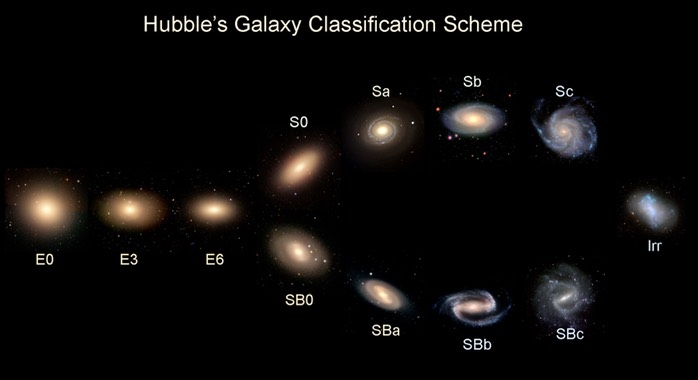How similar are milky-way-like galaxies to the milky way?

A team of researchers from the UK, US and Chile have released a new study searching for galaxies throughout the cosmos which share similar features and characteristics to our own, the milky way.
Unlike other galaxies, it is difficult to study the milky way since we are inside it, and therefore we cannot get a clear view of its shape and features. However, the upside to this is that scientists can carry out detailed surveys of our galaxy’s stellar population, along with its chemical composition thus allowing scientists to compare our galaxy to the billions of others across the universe.

The group sifted through 10,000 galaxies worth of data taken from the Sloan Digital Sky Survey. They narrowed this vast number down to a mere 138 by using 3 main categories: galaxies with a similar total mass, bulge-to-total ratio and Hubble type were chosen as the most milky-way-like on a superficial scale. The Hubble classification system identifies galaxies into 4 main groups: spirals, barred spirals, ellipticals and irregulars. Each group is further split into subgroups depending on certain features such as how tightly coiled the spiral arms are. By using these properties as a basis to find galaxies which are roughly similar to the milky way, more detailed analysis can be carried out to decide just how ‘milky-way-like’ they are.
After reducing the sample size to 138 galaxies, the team used a semi-analytic spectral fitting approach, which fits a chemical evolution and star formation model to the spectra. The model takes into account the stellar winds which blow excess gas inwards toward the centre of the galaxy. In addition, the difference in chemical composition and metallicity of materials in different regions of the galaxy was incorporated. As a result, 56 out of the 138 galaxies were found to be most similar to the milky way. These types of galaxies have long timescales over which star formation occurs in the outer regions at a steady rate. In contrast to this, the inner regions undergo short periods of intense star formation early on in the galaxy’s history, which is supported by the inflow of gas from the outer region. Following this, a much slower period of star formation happens which depends on recycled gas from older, outer region stars. The stars born from this period are made of recycled material, and thus have high levels of metallicity.
However, the other 82 galaxies were found to be quite different to the milky way when a closer look was taken. These formed two distinct groups. The first group of galaxies do not have a clear differentiation between the inner and outer regions; thus, the two parts evolve identically. These galaxies experience uniform star formation which happens over a long period of time, without any dramatic bursts in the centre. The second group are those which are seen to have a deficiency of recent star formation from recycled material in the core, therefore suggesting an absence of gas inflow from outer regions. The team suggests the lack of central formation could be due to the galaxies having an overly active galactic nucleus which may overpower star formation in the central region.
However, these centrally-quenched galaxies appear to have completed most of their star formation earlier on in the galaxy’s history, implying that they may be older than the milky way. If these outlier galaxies are older, they could represent the next stage of galactic evolution and we could be looking at our own galaxy’s future.
This study shows that on a fundamental scale, our galaxy is not unique. Despite the vast variety of galaxies in the universe, there are still those which share the same characteristics and patterns of star formation. By studying our cosmic relatives, scientists can understand more about our own galaxy.
--
Cover image: Nick Risinger
Journal source: Shuang Zhou et al, Are Milky-Way-like galaxies like the Milky Way? A view from SDSS-IV/MaNGA, arXiv (2022). DOI: 10.48550/arxiv.2212.09127
